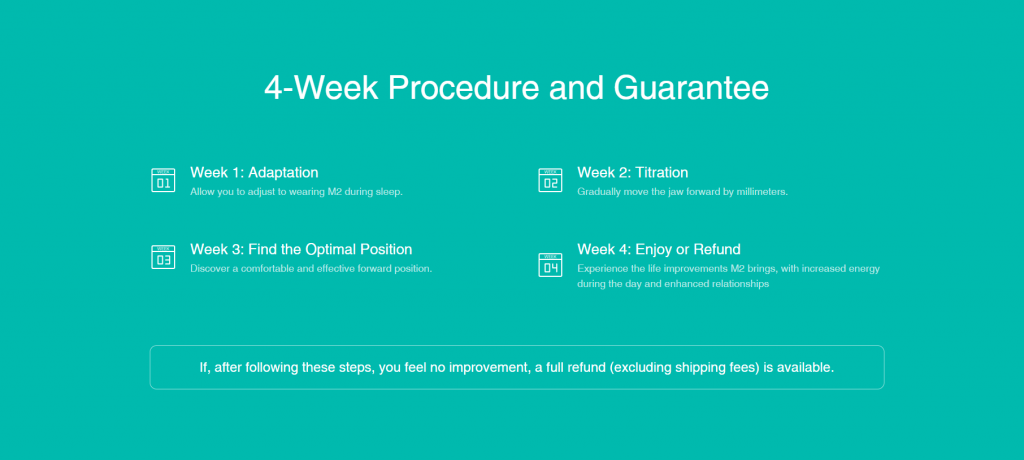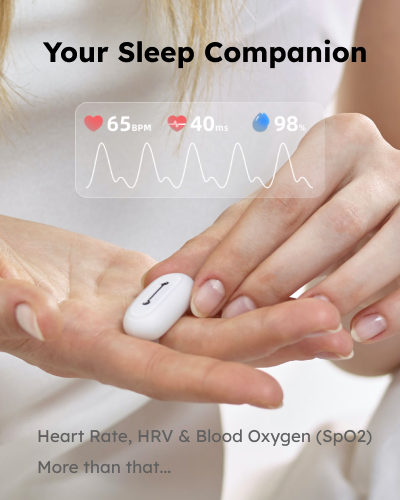[Health Science Popularization] The Silent Sleep Killer – Sleep Apnea Syndrome
If you notice the following symptoms during the day and at night:
- Daytime sleepiness, dizziness, fatigue, headaches, difficulty concentrating, decreased memory and judgment, irritability, excitability, anxiety, reduced libido, and diminished sexual function.
- Snoring at night, episodes of breathing cessation, restlessness, frequent tossing and turning, involuntary limb movements or even twitching, sudden sitting up, feelings of palpitations, chest tightness or discomfort, excessive sweating, increased nighttime urination, abnormal sleep behaviors, and experiences of fear, shouting, sleep talking, sleepwalking, or hallucinations.
Then congratulations, you might have “won” a diagnosis (just kidding), as you may be suffering from sleep apnea syndrome. Don’t take it lightly; this could be a silent killer of sleep. Mild snoring usually doesn’t have a significant impact on health, but snoring associated with breathing pauses can lead to varying degrees of hypoxia. Over time, this can result in diabetes, hypertension, coronary heart disease, and various lung and respiratory failures. Research indicates that up to 45% of people with sleep apnea also have hypertension, with more men affected than women. Obesity and age are significant factors influencing sleep apnea.
Understanding ODI
The Oxygen Desaturation Index (ODI) is an important parameter in sleep apnea monitoring. It measures how many times per hour a person’s blood oxygen level drops to a certain degree during sleep. ODI is typically used to describe Sleep Apnea Syndrome (SAS) and assess whether patients experience decreases in blood oxygen levels due to breathing pauses while sleeping. A higher ODI indicates that a patient may experience more breathing pauses during sleep, which can negatively impact health.
Sleep Soundly:
Go2sleep 3 + M2 – Your Solution for Snoring and Better Sleep Quality!
The SLEEPON Go2sleep 3 is a home sleep monitoring ring that tracks changes in oxygen levels throughout the night. Referencing ASM guidelines and the Oxygen Desaturation Index (ODI) standards, it helps you quickly understand your sleep breathing status and assess the severity of any sleep apnea disorders.
- Normal: ODI < 5 times/hour.
- Mild: 5 ≤ ODI < 15 times/hour.
- Moderate: 15 ≤ ODI < 30 times/hour.
- Severe: ODI ≥ 30 times/hour.
For mild to moderate obstructive sleep apnea, the SLEEPON M2 anti-snoring mouthpiece can help keep the airway open by adjusting the position of the jaw, thereby reducing or eliminating breathing pauses.
Who can’t use M2
- Have central sleep apnea
- Are under the age of 18
- Have a history of TMD, temporomandibular disorder
- Have a respiratory disorder
- Have loose teeth, abscesses, severe gum disease or advanced periodontal disease
- Wear dentures, braces or other dental appliances
- Have implants, crowns, or caps unless approved by their dentist

Prevention Methods
- Increase Physical Activity and Maintain Healthy Habits: Regular exercise can help reduce weight, strengthen muscles, and improve lung function.
- Quit Smoking and Limit Alcohol: Avoid tobacco and alcohol, as smoking can exacerbate respiratory symptoms and alcohol can worsen snoring, nighttime breathing disturbances, and hypoxia—especially when consumed before bedtime. Both smoking and drinking are harmful to health, and for those who snore, avoiding them is crucial for prevention.
- Weight Management for Obese Individuals: Actively work on losing weight, ideally by 5% to 10% or more. Obesity is a significant risk factor for snoring, and weight loss can reduce the apnea index, increase functional residual capacity, improve blood oxygen saturation, decrease sleep interruptions, and alleviate symptoms in snorers.
- Monitor Blood Pressure: Many individuals with snoring issues have decreased blood oxygen levels, often accompanied by hypertension, arrhythmias, increased blood viscosity, and added heart strain, making them more susceptible to cardiovascular diseases. Regularly monitor blood pressure and take antihypertensive medications as needed.
- Avoid Sedatives Before Sleep: Refrain from taking sedatives or sleep aids before bedtime, as they can suppress the respiratory control center.
- Sleep Position: Adopt a side-sleeping position, especially on the right side, to prevent the relaxation of the tongue, soft palate, and uvula from blocking the airway during sleep. You can place a small ball on your back while sleeping to encourage side-sleeping. Additionally, choose a suitable pillow for comfort.
ALL ARTICLES
Subscribe Us
Products
Company
Copyright © SLEEPON. All rights reserved.
SLEEPON keeps both Sleeponhealth and Sleepon.us due to the brand upgrading. We promise to provide the same products and service in both sites.








Leave a Reply